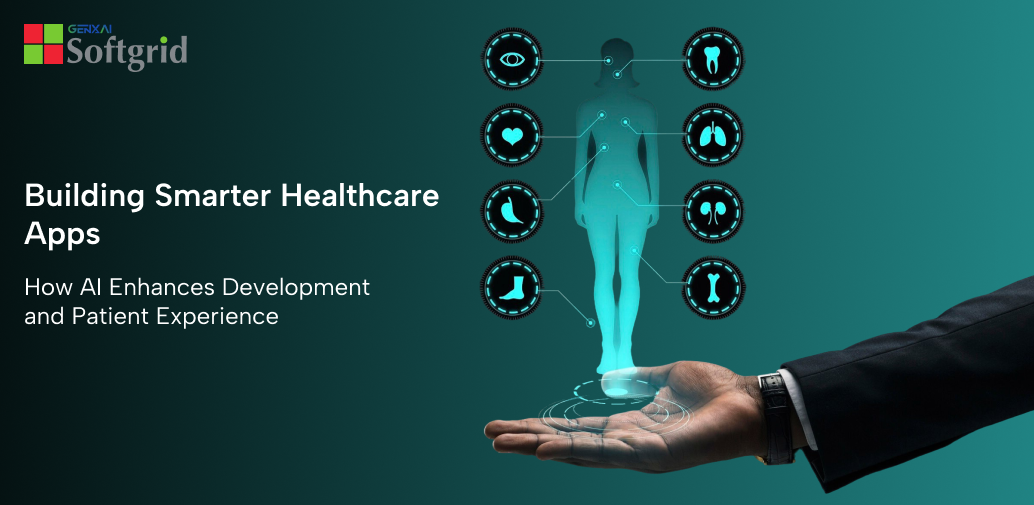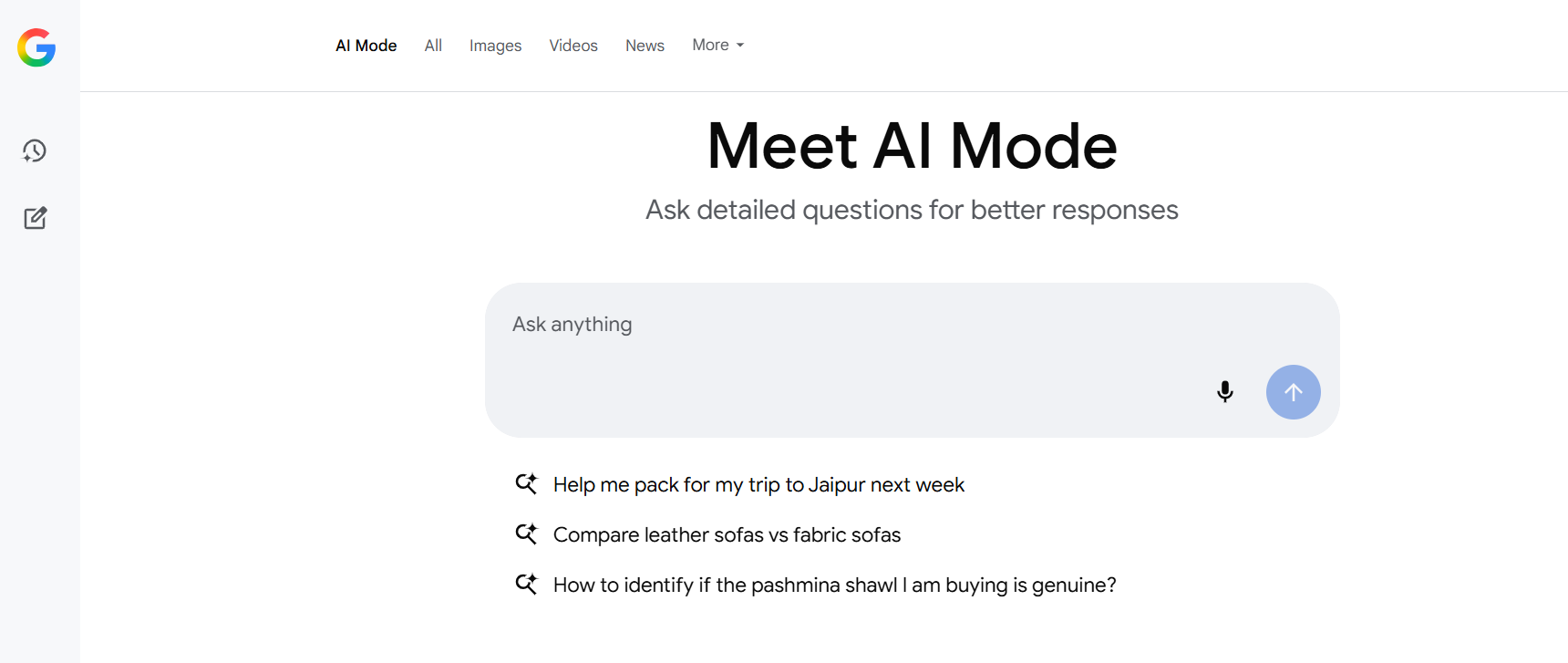The way healthcare is being perceived has changed dynamically in the past few years. With change in needs and demands of both the care givers and receivers, the system has begun adopting major measures. Consumers now prefer comfort and convenience much more than ever and that is why the face of the medical industry is becoming increasingly digital.
COVID-19 pandemic has only helped surface the underlying issues in the system and hence has led to development of novel ways for delivering effective care. Across the globe, we see healthcare institutions adopting telehealth as the new and obvious way of approaching healthcare. Alongside telehealth, there have been some trends popping in this troublesome era of Coronavirus. And these are certainly going to tag along in the post-COVID world also for betterment of healthcare. Let’s see what trends are set to change the dynamics of care delivery-
· Virtual Primary Care
Telemedicine is not a new concept and has been around for a while. However, it took a global pandemic for patients and doctors to bring it to full force. With no option left due to social distancing norms during COVID, people readily shifted to virtual care methods. And it has certainly worked out to ease the process and increase care efficiency. As virtual care is being taken care of predominantly through virtual mediums, physicians are able to cater better to emergency needs.
One thing that has been a cause of concern in adoption of virtual care is the unawareness of technological trends. It has been both a challenge for physicians and patients. However, with more than a year in the pandemic, advanced technologies that ease the whole process have come in. Now appointment scheduling and downloading prescriptions is available at the tap of a finger, thereby decreasing wait time and providing quality care.
This development doesn’t take away from the fact that in-person visits are extremely crucial. But a proportionate blend will help in better flourishing of the system.
· Blend of Asynchronous and Synchronous Communication
With so many developments taking place in the healthcare domain, a blend of asynchronous and synchronous communication has come up as a feasible solution. Apart from sending across test reports, such as those of X-rays and MRIs, other popular asynchronous methods like using text and images for consultation have become common.
For instance, now a person with a skin infection may not necessarily have to rush to a doctor instantly. He can rather send across a picture via Whatsapp and receive low-cost, high value care.
Apart from the increasingly popular asynchronous modes, there are also synchronous modes of communications. Many applications have been built to help you navigate through the process. Combined with artificial intelligence, these applications initially make you interact with a bot for understanding issues. If the need be, you will have a doctor interacting with you for further assistance.
A combination of these two modes is expected to keep surging especially in terms of primary and less severe cases.
· Expansion of Artificial Intelligence
Considering that the pandemic is still around the corner, hospitals are using virtual modes for delivering timely and safe care. Many institutions are adopting telehealth to analyse symptoms of patients and guide them through the process. Whether or not a patient needs emergency care, or if he needs to visit the medical faculty is determined via this early examination. The understanding and consequent course of action is now being determined by using AI symptoms checker. This not only increases efficiency but also handles volumes of data all at once.
Having said that, AI based triage is still in its initial phase of development and needs a lot of refinement for handling complex clinical algorithms. But what is definite is that AI is going to develop in the coming years and take over a dominant part of healthcare.
· Increasing Accessibility for Rural Population
One of the biggest challenges of healthcare is to deliver efficient services to the rural section. With lack of specialists and uninsured patients, the problem only amplifies. As per a report, 60 out of 163 rural hospitals do not have more than 30 days of cash. These faculties are actually looking for telehealth solutions to remain in contact with rural patients.
As per an expert- “Rural areas are facing a shortage of over 20,000 physicians so It’s more important than ever to empower PCPs in rural areas to provide the most comprehensive care. eConsults allows these doctors to receive same-day insights from specialists across the country, improving care and saving patients unnecessary appointments and the often long, burdensome and costly trips that go along with them.”
Going ahead of the pandemic, it’s predicted that e-consultations will dramatically increase for rural populace.
· Remote Patient Monitoring (RPM)
COVID-19 suddenly transformed the way physicians looked at constantly monitoring patients. Since hospitals were flooded with patients suffering from the virus, it was important to keep other patients away in order to ensure safety. But, what about patients who needed constant monitoring?
For instance, a patient is suffering from diabetic issues and needs to be monitored every few days to see if things are in check. Now with the pandemic at hand, it wasn’t possible for such patients to time and again visit a hospital. Here came the role of Remote Patient Monitoring. Through faculty of relevant applications, patients could upload their appropriate biomarkers, helping their physicians check it remotely. As and when the physician checks the uploaded, he can guide the patient to take relevant measures.
Additionally, now even fitness bands are linked with applications for physicians to constantly keep a watch on patients’ progress.
Essentially
Healthcare has become a very dynamic space in the last year or so. All the technological visions that were seen in the past decade have come to life with pandemic possessing numerous issues. Companies such as Softgrid Computers operating in the healthcare niche are constantly formulating user-friendly applications for patients to feel ease of accessing care. With optimum incorporation of trends and technology, the industry is going to evolve leaps and bounds.

 Web and Full Stack
Web and Full Stack CMS and Frameworks
CMS and Frameworks Online Marketing
Online Marketing Cloud Services
Cloud Services ECommerce
ECommerce Mobile
Mobile



